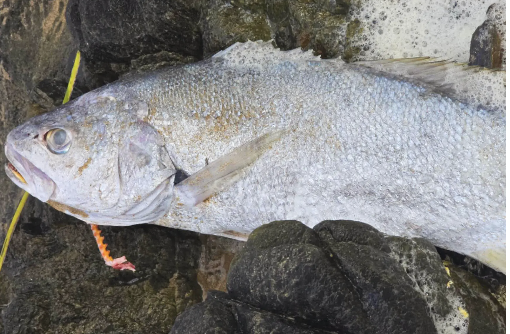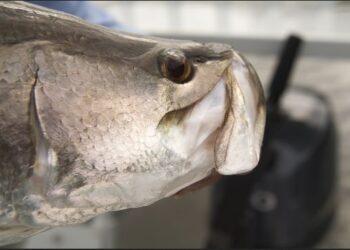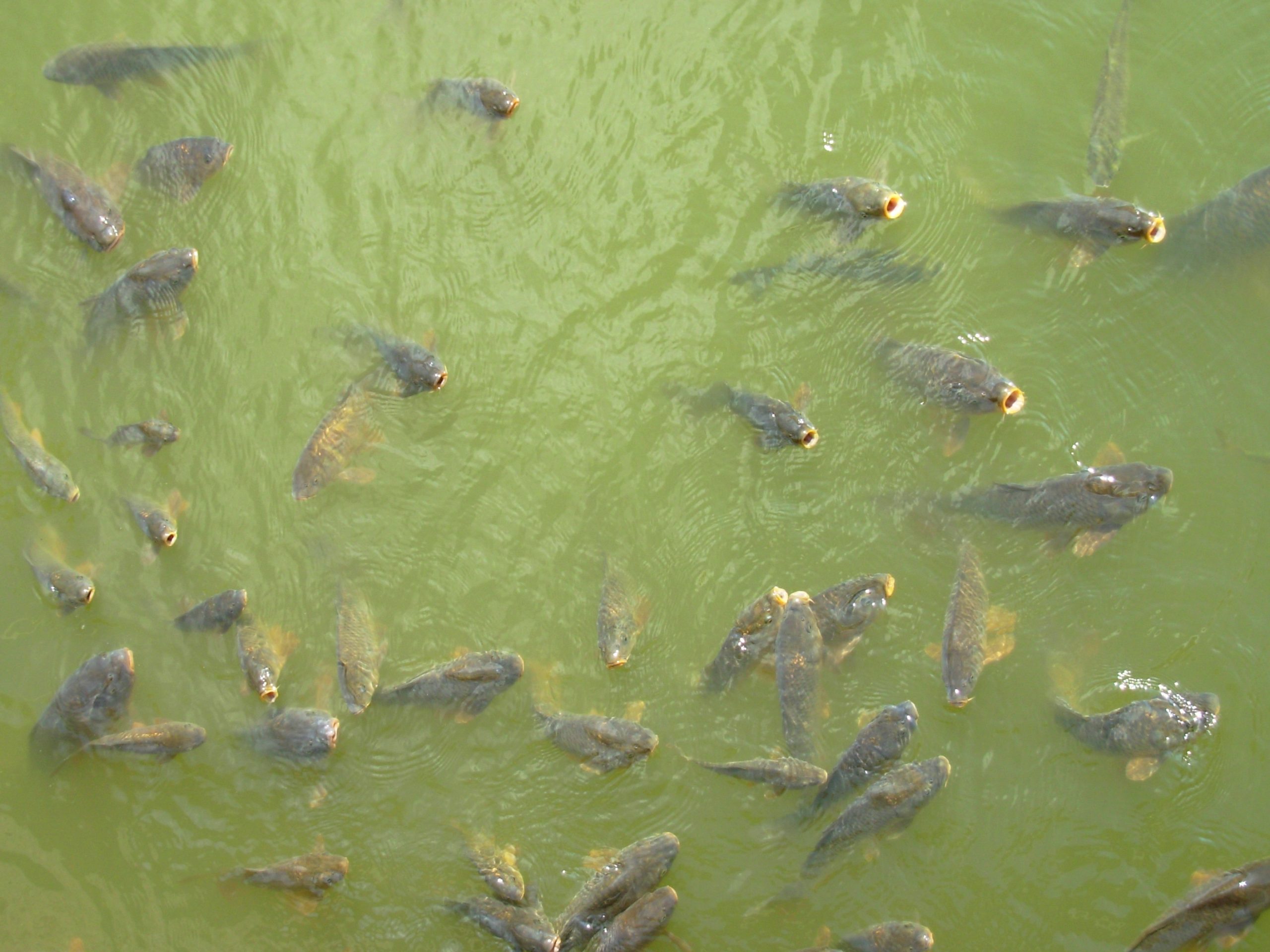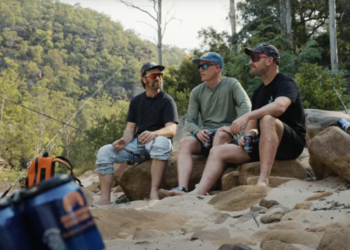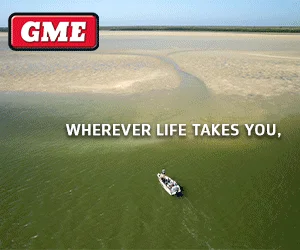NEW data from OzFish reveals that more than 200 different species of fish and other marine creatures have been killed by the deadly algae bloom event in South Australia since March, and the fish habitat charity warns the state has not seen the end of the impacts.
Over 1400 data records captured by citizen scientists in South Australia and provided to OzFish reveal the wide breadth of species impacted by the toxic algal bloom.
OzFish South Australia project manager Brad Martin said: “More than 200 different species of marine creatures have been killed by this algae event, including around 100 different types of fish and sharks. This includes rarely encountered deepwater sharks and iconic leafy sea dragons, and popular recreational fishing species like flathead, squid, sand and blue swimmer crabs, and rock lobsters.”
The data reveals that from mid-March to early May, ray-finned fish accounted for approximately 47% of the reported species, with sharks and rays at 26%. Soft-bodied cephalopods – like squid, cuttlefish, and octopus – account for 7%, and decapods – like crabs, lobsters, and prawns – are at 6%.
“Most of the dead marine life we’re observing are benthic, seafloor species,” said Mr Martin. “These are fish and other marine species that live near the sea floor or on reefs, typically with small home ranges. These include creatures like crabs, pufferfishes, and leatherjackets.“
“People have said to us, ‘They’re fish, why can’t they just swim away from the algae that is killing them?’ Many of the impacted creatures reside on reefs or hide in sand, and unfortunately, the sheer size of the algae bloom means that they can’t escape it.”
OzFish has observed positive absences in the data, that it hopes will continue.
Martin said: “We aren’t seeing a lot of recreational favourite fishes, like whiting, snapper and tuna. We know that these species can swim further away than fish that live on reefs, and that different marine species will have some immunity to the toxins. But we don’t know what impacts are happening offshore, or whether the bodies have floated or sunk elsewhere. We are strongly hoping that these species are not directly impacted and are escaping the algal blooms. But we won’t know the full impacts for some time.”
OzFish warns that, because the algae kill fish at all ages – from fingerlings, or baby fish, up to full grown breeding fish – as well as their food sources, these widespread deaths will impact fisheries in the long-term.
“It’ll take years for populations to recover,” said Mr Martin, “particularly as we now think there is more than one type of algae to blame.”
Karenia mikimotoi – an algae toxic to fish and invertebrates – was first identified in March, but following the detection of brevetoxins, there is believed to be a combination of algae creating the mass kill event. Linked to above average sea temperatures, these algal blooms significantly impact marine life in a range of ways.
“It acts like a toxic blanket that suffocates marine life,” said Mr Martin. “It can suffocate fish from their gills, cause haemorrhaging by attacking their red blood cells, and act as a neurotoxin and attack the fish’s nervous system and brain, causing unusual behaviour.”
“This is why some fish and sharks are acting so strangely, and why many of the dead have a red tinge – it is like a horror movie for fish. South Australia’s fish are having a very, very bad time right now. “
Currently data capture is limited to recording the dead floating in, but OzFish plan to gather more data under the water once it’s safe to do so.
“We need cameras and divers in the water once this bloom subsides to get a look at what’s surviving and recovering quickly or not, and to survey our marine habitats to understand potential impacts on kelp forests, sponge gardens and shellfish beds.”
OzFish encourages South Australians to continue to provide photo reports via iNaturalist or emailed directly to info@ozfish.org.au. Any new fish kills should also be reported to Department of Primary Industries and Regions (PIRSA).
OzFish say that long term prevention should include habitat restoration and ecosystem resilience efforts, and action to prevent climate change
“Australia’s fish, and fish habitats, have been hit hard over the last century. Urgent work must be undertaken to restore our waterways, and to help them be resilient to a rapidly changing climate – and that’s where OzFish and volunteers come in.”
”We can help support fish, and the ocean, by improving waterway health and reducing additional fish stressors. This includes building living shorelines into our coastal infrastructure, and by restoring and expanding habitats like shellfish reefs, kelp forests and seagrass meadows so there is more reefs and more places for native fish to hide, forage and breed.”
“It can feel overwhelming, and ecological grief is real, but we still have opportunities to future proof our waterways, future-proof South Australia’s native fish – and future-proof recreational fishing.”
The Restoration Decade Alliance (RDA), of which OzFish is a member, recently released a position statement warning that Australia has only six years left to restore ecosystems, prevent biodiversity collapse and catastrophic climate change.





